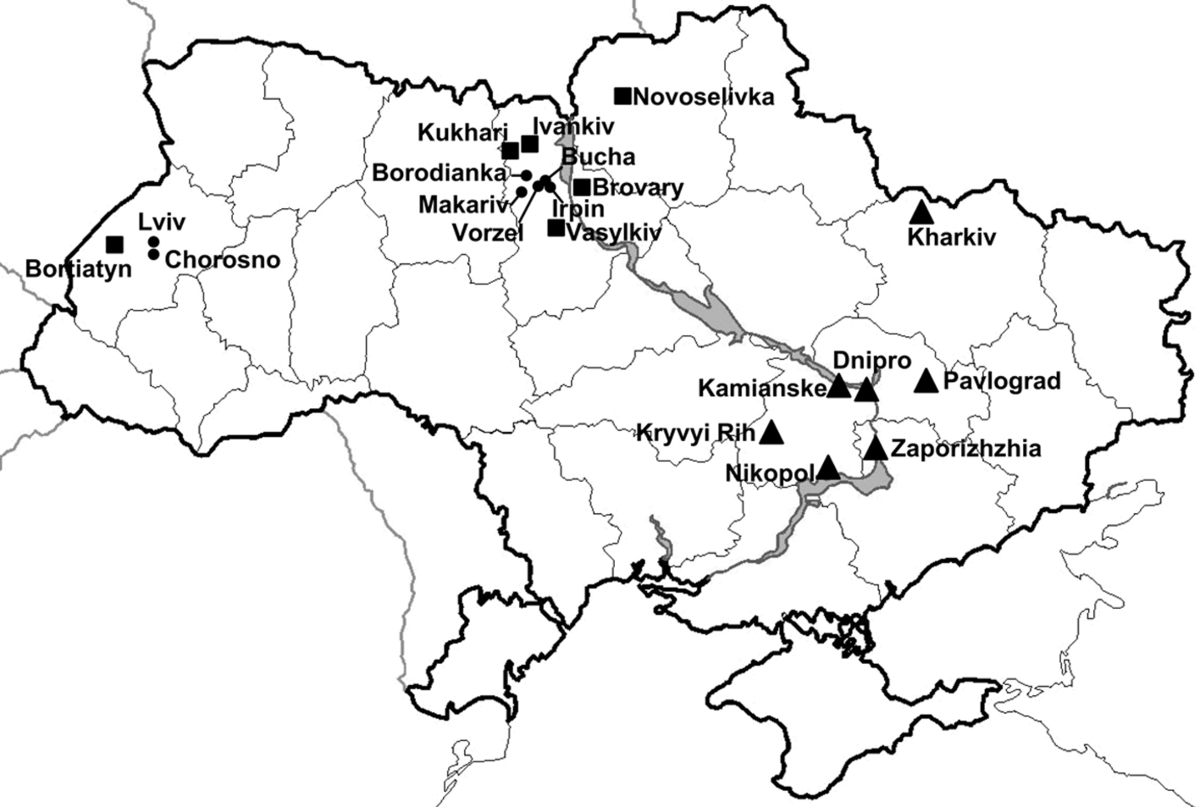Container settlements for internally displaced people in Ukraine built in 2015 and 2022 – architectural characteristics
1
Wydział Architektury, Politechnika Warszawska, Poland
Submission date: 2023-06-27
Final revision date: 2023-09-21
Acceptance date: 2023-10-10
Publication date: 2024-10-01
Archives of Civil Engineering 2024;70(3):275-295
KEYWORDS
TOPICS
ABSTRACT
Container settlements (CS) have been widely used as emergency and temporary dwellings in Europe due to the advantages of rapid deployment, cost-efficiency and relatively good living standards. Nevertheless, many authors emphasize the risks of disturbing the spatial order and stigmatization of residents that can lead to deepening the feeling of unrooting and generate substantial social problems. The purpose of the article is to demonstrate the main architectural characteristics of CS built in Ukraine to address internal migration caused by war. Multiple comparative case study includes 18 settlements built for internally displaced persons (IDPs) in three distinctive phases. The research focuses on the features critical to human comfort and life quality: settlement size, program, building typology, spatial arrangement, circulation, unit layout, degree of privacy. Results show that developments from 2015 and 2022 have similarities including basic program, size of dwelling units and density, but there are important differences related to the time allocated to designing and construction as well as expected period of operation. Basic recommendations for improving existing and planned developments are increasing the privacy by creating collective-private space outside and inside, developing a rich program, use existing greenery and new landscaping, providing good transit to the urban centres, using all-year weatherproof typologies and technical solutions suitable for long-term use. This fact must be considered in the process of designing new CS for IDPs and refugees, that are being planned and constructed in Ukraine and Europe.
We process personal data collected when visiting the website. The function of obtaining information about users and their behavior is carried out by voluntarily entered information in forms and saving cookies in end devices. Data, including cookies, are used to provide services, improve the user experience and to analyze the traffic in accordance with the Privacy policy. Data are also collected and processed by Google Analytics tool (more).
You can change cookies settings in your browser. Restricted use of cookies in the browser configuration may affect some functionalities of the website.
You can change cookies settings in your browser. Restricted use of cookies in the browser configuration may affect some functionalities of the website.




